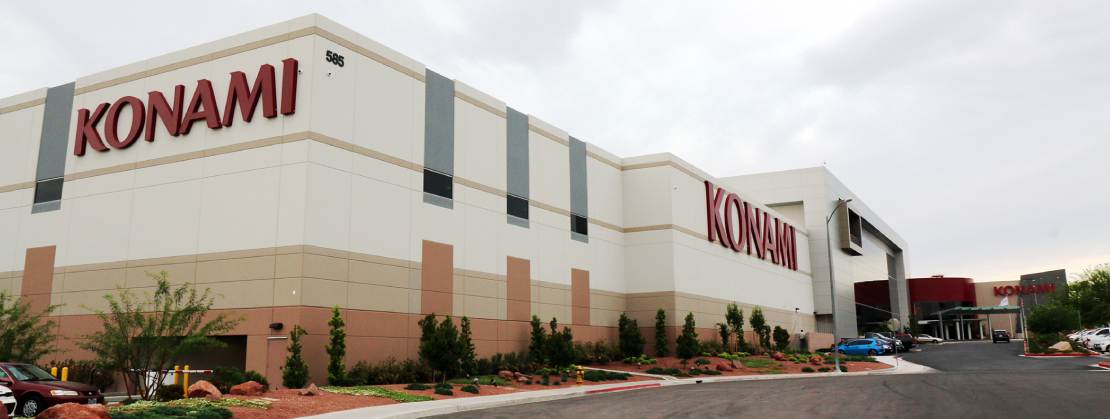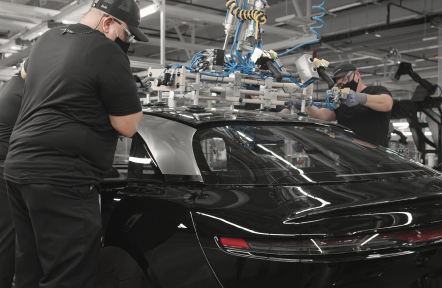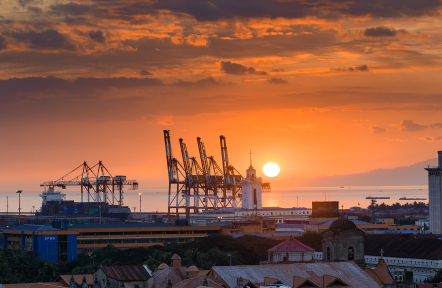Four years after the 1989 Velvet Revolution that ended one-party communist rule in the former Czechoslovakia, Slovakia and the Czech Republic formalized the dissolution on Jan. 1,1993, the culmination of a difficult, but peaceful, process dubbed the Velvet Divorce. Twenty-six years after attaining independence, the landlocked country has evolved from a manufacturer mostly of cars, textiles and machinery into a high-tech, value-added economy.

With a population of only around 5.5 million, Slovakia does not have a global profile as visible as its neighbors such as Austria, Hungary, Poland, Ukraine and the Czech Republic. However, the country knew it needed to capitalize on its central location and integrate itself more closely to Europe if it were to develop its economy. Slovakia joined the European Union in 2004 and adopted the euro as its currency in 2009.
To become a high-income economy, Slovakia laid out a competitive, business-friendly tax regime and nurtured an educated, highly skilled workforce, which is among the EU’s most cost-effective and most productive. As such, many companies view the country as the ideal launch pad into Central and Eastern Europe.

When Shinzo Abe became the first Japanese prime minister to visit Slovakia in April, he met with his counterpart Peter Pellegrini. The two leaders affirmed their commitment to strengthen cooperation between their two countries ahead of the centennial of Japan Slovakia relations in 2020.
During the visit, Abe promised to promote Japanese investment to Slovakia and announced plans to send a trade delegation, supported by the Japan External Trade Organization (JETRO), to Slovakia’s largest business-to-business matchmaking fair to be held in Bratislava on Oct. 24. He also stressed that Slovakia’s economy will benefit greatly from the Japan-EU economic partnership agreement.
“JETRO signed a memorandum of understanding in 2012 with its Slovakian counterpart, the Slovak Investment and Trade Development Agency (SARIO), to organize several events that will promote ties between Japan and Slovakia. In 2016, we organized a new event, what we called a matchmaking fair, wherein Japanese companies could build relationships with potential Slovakian suppliers,” former JETRO Vienna Executive Director Satoshi Abe said.

Abe official also said Slovakia, with its long tradition of car manufacturing, could be an ideal partner for Japanese carmakers and auto parts manufacturers. The country hosts some of the world’s largest automotive companies, including Volkswagen, Land Rover and Kia.
As the political capital, Bratislava is the most important city of Slovakia. However, the second-largest city, Kosice is assuming a larger role in the country’s economy. As the traditional center of education and home to the most prestigious universities, Kosice is unsurprisingly emerging as the heart of the country’s information technology sector as several companies choose to locate themselves closer to the country’s top talent.
“Once a Japanese company settles in Slovakia, we know that it will be for years. They focus on long-term growth and bring in new technology. Though business decisions may take longer, we know it’s very stable. Japan, for us, is very important not only because of that aspect, but also because of the advances in technology and industrial automation it brings,” SARIO CEO Robert Simoncic said.
“We want to grow and strengthen the Japanese presence in Slovakia. Many Japanese companies visit Slovakia with very little knowledge of the country and what we have to offer, but we easily convince them that Slovakia is the right decision for them,” said Simoncic. “We have had instances wherein a Japanese company came to visit, met with several universities and investors in the country, and decided to invest larger and bring in their research and development team given the kind of talent that is coming out of our universities.”
“People in Slovakia share many things in common with the Japanese. We are more on the modest side, not too assertive. We would rather do something right than talk about it. This makes it easy for Japanese companies to settle in the country. They find that Slovakians easily accept their system of management and systematic work style.” he said.
Slovak Chamber of Commerce and Industry President Peter Mihok agreed: “Slovaks are able to adapt to any culture in a short amount of time. This could be the result of the long history of Slovaks needing to adapt to ever-changing environments. Whether working for foreign firms abroad or right here, they are able to accept the philosophy of each company. This is one of the things that sets us apart as a nation.”

Meanwhile, Japanese Ambassador to Slovakia Jun Shimmi has highlighted two other important ways that Japan and Slovakia are building closer ties.
“Inbound tourism from Japan to Slovakia is very important. Vienna International Airport has two direct flights to and from Narita Airport daily and is less than 30 minutes away from Slovakia, which has a very beautiful UNESCO World Heritage site, the High Tatras,” Shimmi said.
“Japan also started a working holiday program with Slovakia two years ago to enhance friendship and understanding between both countries. Both Japanese and Slovak nationals, aged between 18 and 30, can stay up to a year working in each other’s countries without needing a work visa,” he added.
For Slovakia to continue its success and stand out on the global stage, it must create even more opportunities for international investors. Judging by the current trends, the country has indeed seen a consistent rise in foreign companies setting up shop.
“People are welcome here. Come to Slovakia. We will show you around and you will surely be impressed,” Simoncic said.












